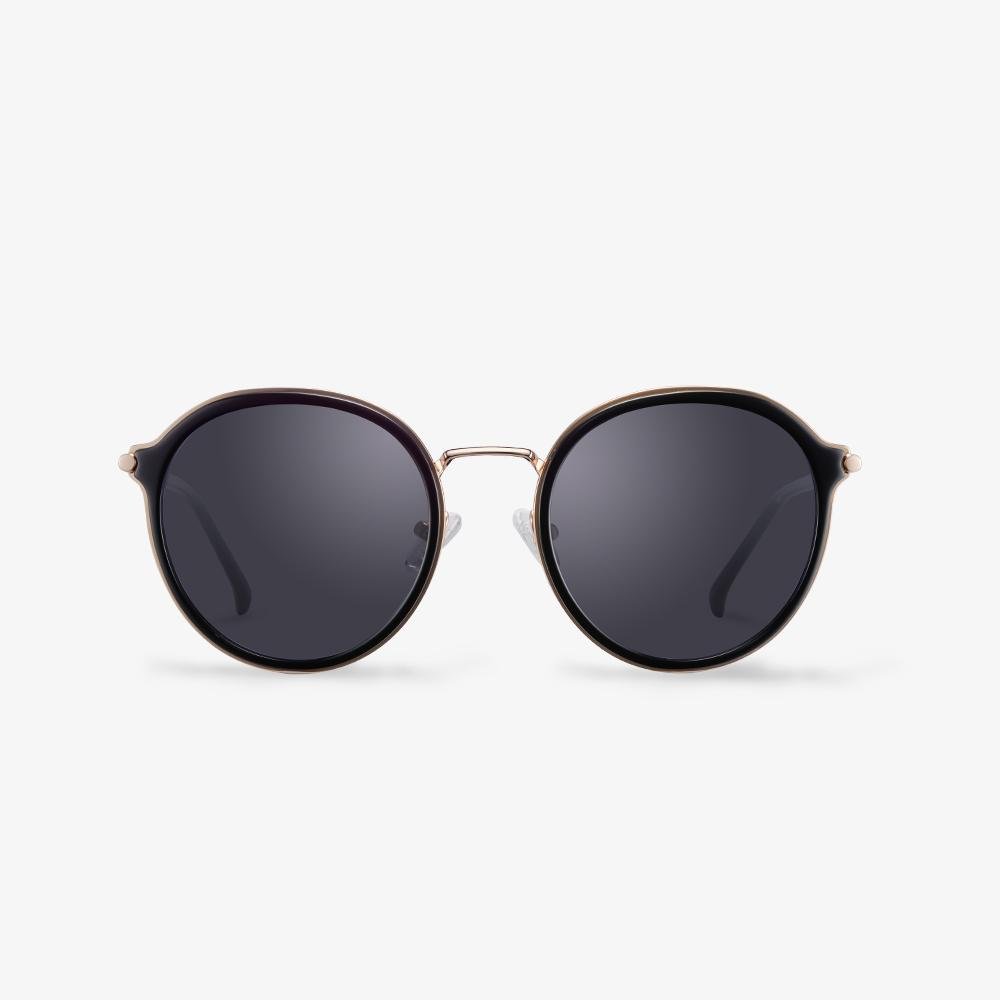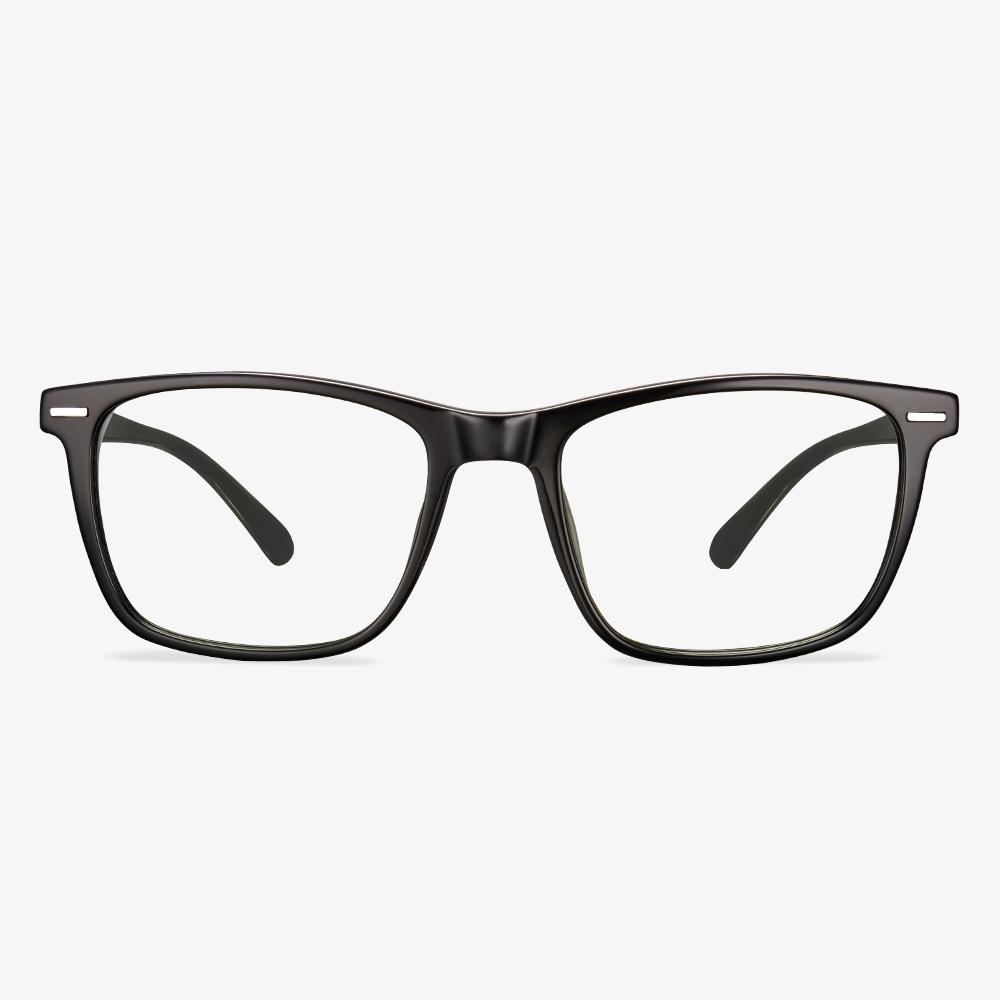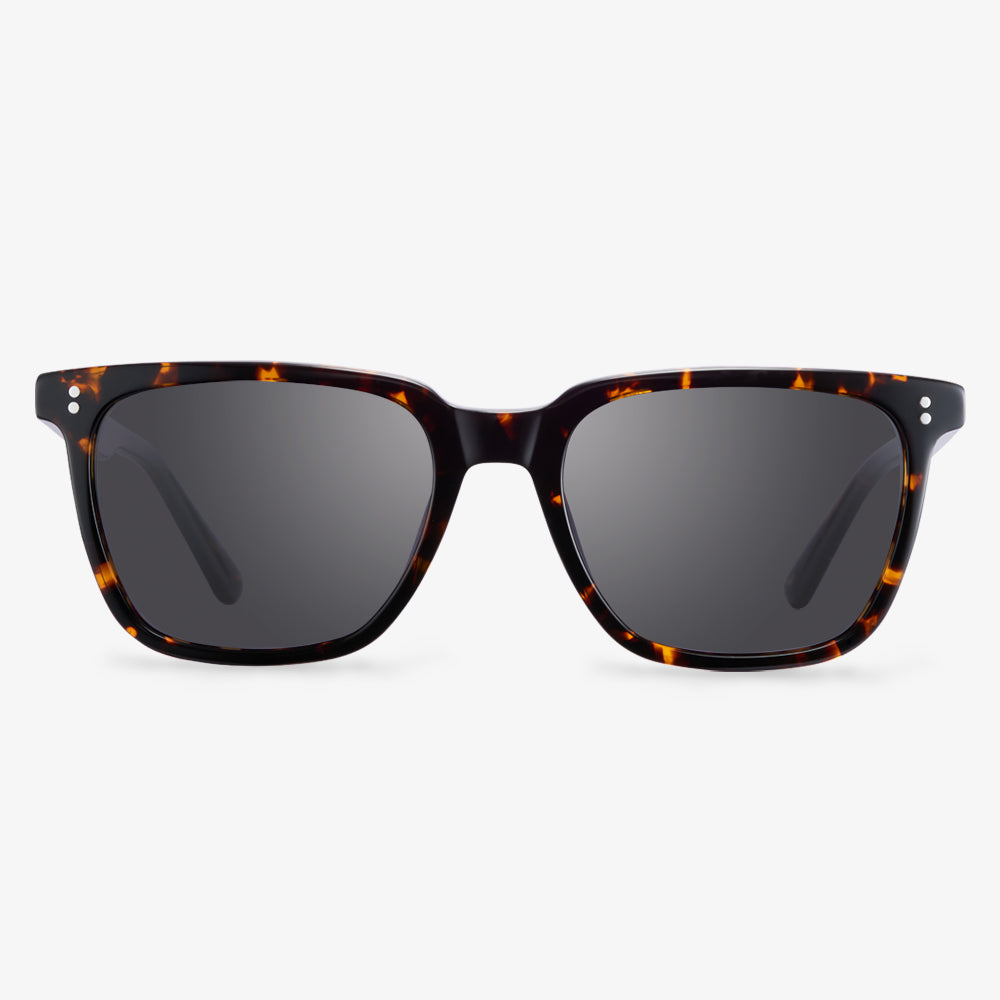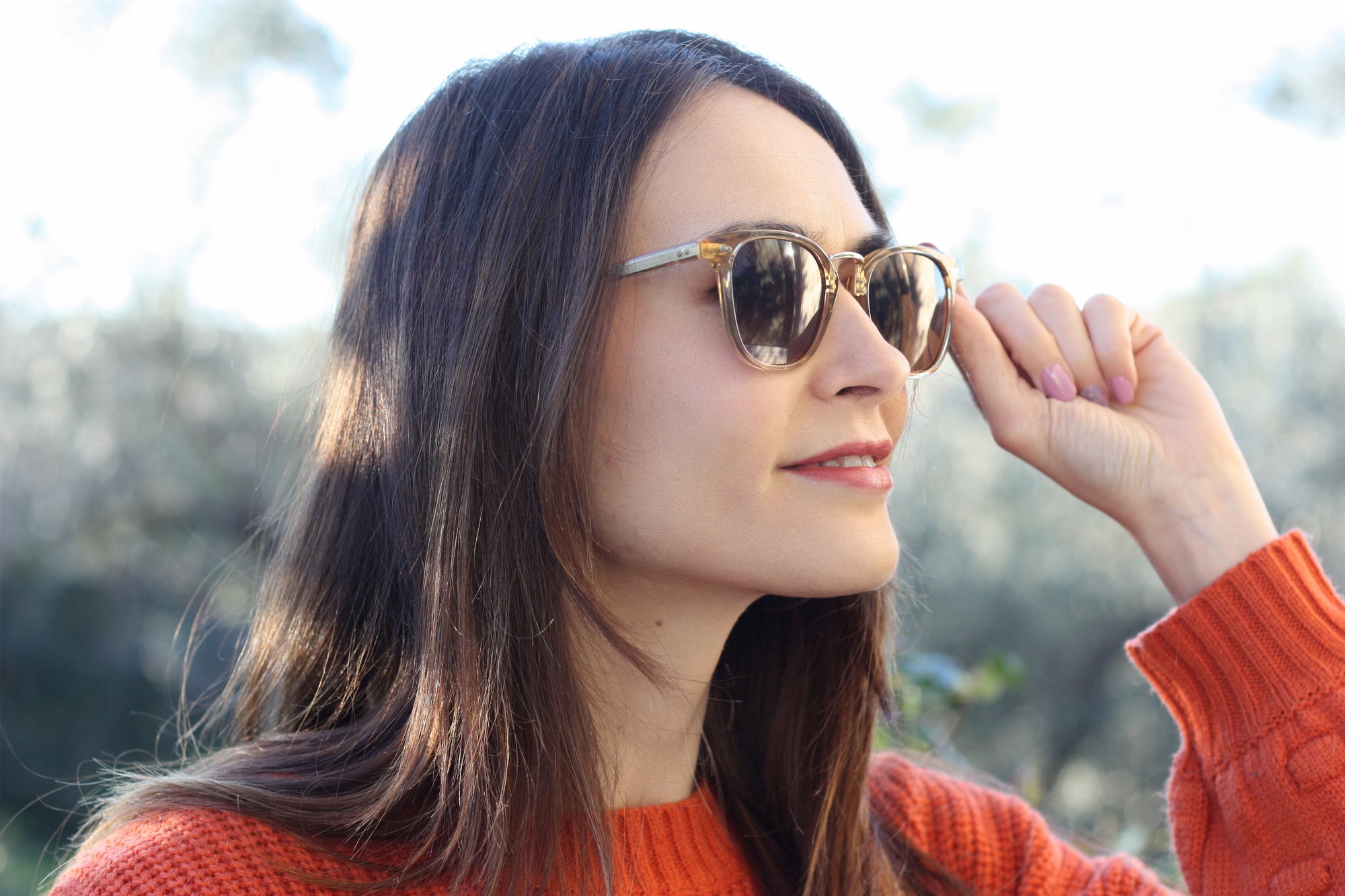What Do the Numbers on Glasses Mean?
In this section, we will show you the glasses numbers meaning. These numbers on glasses frames are the measurements that indicate and describe the size of your eyeglasses frames, specifically:
- The eye size number (it is the size of the lenses on your frame).
- The bridge size number (the distance between the lenses).
- The temple length number (it is the size of that part of your eyeglasses frame, which rests upon your ears).
The three numbers mentioned above are the key measurements that describe the glasses measurements of the frames in eyeglasses. For example, you will see three numbers like 51-17-145 at the temple of your glasses. These numbers help the optician to choose the best-fitted frame for your head size and facial features.
All of these three numbers are measured in millimeters. These variations in frame numbers are fitted by a skilled optician so that it should be best fitted, be comfortable and look good on the appearance.
What are keyhole glasses used for?
The keyhole distributes the weight of the glasses to one side of the nose rather than the top. It's a good choice for those with broad noses. Due to the lack of support at the top, the keyhole design will result in the frame being positioned lower than the saddle bridge frame. If you find that your saddle frame causes your eyes to be located just below the center of the lens area, you may try a wider frame or opt for a keyhole design.
How to Choose Glasses for Round Faces?
Before proceeding with how to choose glasses for round faces, you need to what your face shape is. The round face shape has fuller cheeks which can give a more youthful appearance. The chin is rounder and the forehead widens at the top. In some cases, the jawline is softer than other face shapes. However, if you do not know what your face shape is, you can click here to check.
What Strength Reading Glasses Do I Need?
What strength reading glasses do I need? You can choose the reading glasses strengths by age or you can also perform a reading glasses test. If you are aging from 40 to 44, the +0.75 to +1.00 dioptre power is recommended. If you are aging from 45 to 49, the +1.00 to +1.50 dioptre is recommended. Age from 50-54, recommended power is +1.5 to +2.00 dioptre. Age from 55-59, recommended power is from +1.50 to +2.25 dioptre. Age from 61-65, recommended power is from +2.25 to +2.50 dioptre.
If you find two different strengths of reading glasses are available, choose the lower power because too strong strength can cause discomfort compared to weaker powered glasses and can even lead to nausea and dizziness.
So, if you need a pair of reading glasses, try Koalaeye Optical, which is an online glasses store. It provides all kinds of eyeglasses, sunglasses and frames. You can choose the satisfied one from here.
How to drive at night with glasses?
If you need to wear glasses while driving, you'll need special glasses when driving at night, because common lenses reflect oncoming lights, which produces a faint glare. This will reduce your visibility. It's OK to wear contact lenses while driving. As you get older, your eyes become more sensitive to glare. Ordinary sunglasses or goggles are only suitable for wearing during the day, driving at night will seriously affect the vision (national standards stipulate that light transmittance of night driving glasses must be greater than75%). Although the all-weather driving glasses can weaken the strong lights, the vision darkens and affects road safety which does not meet the national standards for driving glasses at night. You should choose functional driving glasses that can block strong light, glare and increase the field of vision. This can effectively reduce the glare of the car lights but can filter out the extra harmful light. When worn at night, it can soften the strong lights and make the vision clearer. In this way, the safety of drivers is ensured, the fatigue of eyes is alleviated, and the radiation damage of harmful lights to glasses is prevented.
What Are Blue Light Glasses?
Blue light blocking glasses have specially crafted lenses that are said to block or filter out the blue light given off from digital screens. The lenses are often marked with a coating that protects your eyes from eye strain and can help reduce potential damage to your retina from prolonged exposure to blue light.
What Are Trifocal Glasses?
Trifocal glasses and no-line progressive lenses are multi-focal glasses, meaning that their lenses offer multiple correction fields. Whether you have been wearing multi-focal glasses for a while, or you have just begun to look at options for correcting vision after 40 years old, you may have heard the terms trifocal or progressive glasses.
Trifocal glasses have three different corrective lenses within one lens to offer you intermediate, distance, and near correction. Trifocal lenses look and perform similar to bifocal lenses, with an added viewing zone to help correct vision in the intermediate field, and two visible lines where the viewing zones change.











































